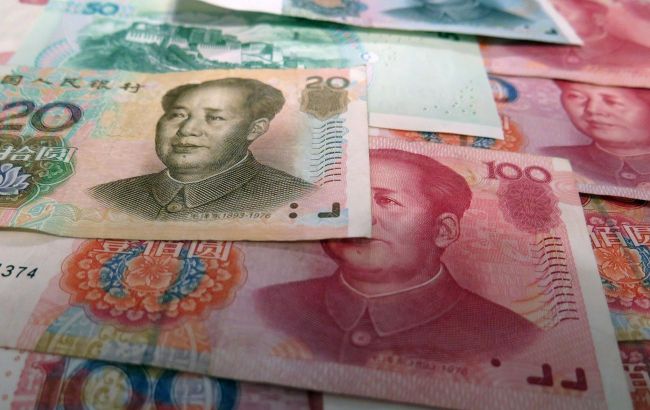Which money is dirtiest in the world?
 Chinese yuan – dirtiest money in the world (photo: Pixabay.com)
Chinese yuan – dirtiest money in the world (photo: Pixabay.com)
Everyone has heard more than once that banknotes are a breeding ground for bacteria. So, which countries' banknotes rank the dirtiest in the world? Here are some surprising facts about how money from different countries differs regarding the number of microbes found on it.
Why does money become a home for microbes?
Banknotes are the perfect environment for microorganisms because they frequently pass from hand to hand and can end up in various settings, coming into contact with dirty surfaces.
Research shows that paper banknotes can harbor not only harmless bacteria but also pathogens of dangerous diseases. These can include various viruses and bacteria that end up on the money through human contact or contaminated objects.
Microorganisms stick to money because they can "cling" to the fibers of the paper, which often lacks an antibacterial coating. High humidity and temperature also help bacteria survive on the surface of banknotes. That’s why, even if a person washes their hands after handling money, some bacteria may remain on the skin.
Ranking of the world’s "dirtiest" currencies
Research indicates that not all money is equally hospitable to microbes. For example, the euro, Norwegian krone, and British pound sterling turned out to be among the "cleanest" of the currencies studied. This is due to the special composition of the paper used in euro banknotes, which helps prevent bacterial growth.
The most "contaminated" banknotes belong to Denmark, Switzerland, and Russia. Specifically, up to 40,000 bacteria were found on a single Danish krone, and 32,000 on a Swiss franc.
However, the absolute leader in terms of the number of microorganisms was the Chinese yuan, with nearly 180,000 bacteria detected on a single banknote. This is due to the extremely active circulation of cash in China, which leads to a large accumulation of microbes.
 Euro banknotes contain relatively few microbes (photo: Pixabay.com)
Euro banknotes contain relatively few microbes (photo: Pixabay.com)
Disease-causing agents on money
It’s not just simple bacteria that can be found on banknotes. According to research, even pathogens of serious illnesses, including venereal diseases, have been detected on money. This underscores how dangerous banknotes can be when they remain in circulation for long periods and pass through many hands.
Another alarming sign is the detection of traces of narcotics such as cocaine. For instance, traces of cocaine were found on 9 out of 10 U.S. banknotes, and the concentration of these substances can be so high that bank employees may fail a drug test.
This reminds us of the importance of washing our hands after handling money and being mindful of what we are touching.
Sources: Time Magazine and the National Library of Medicine.

